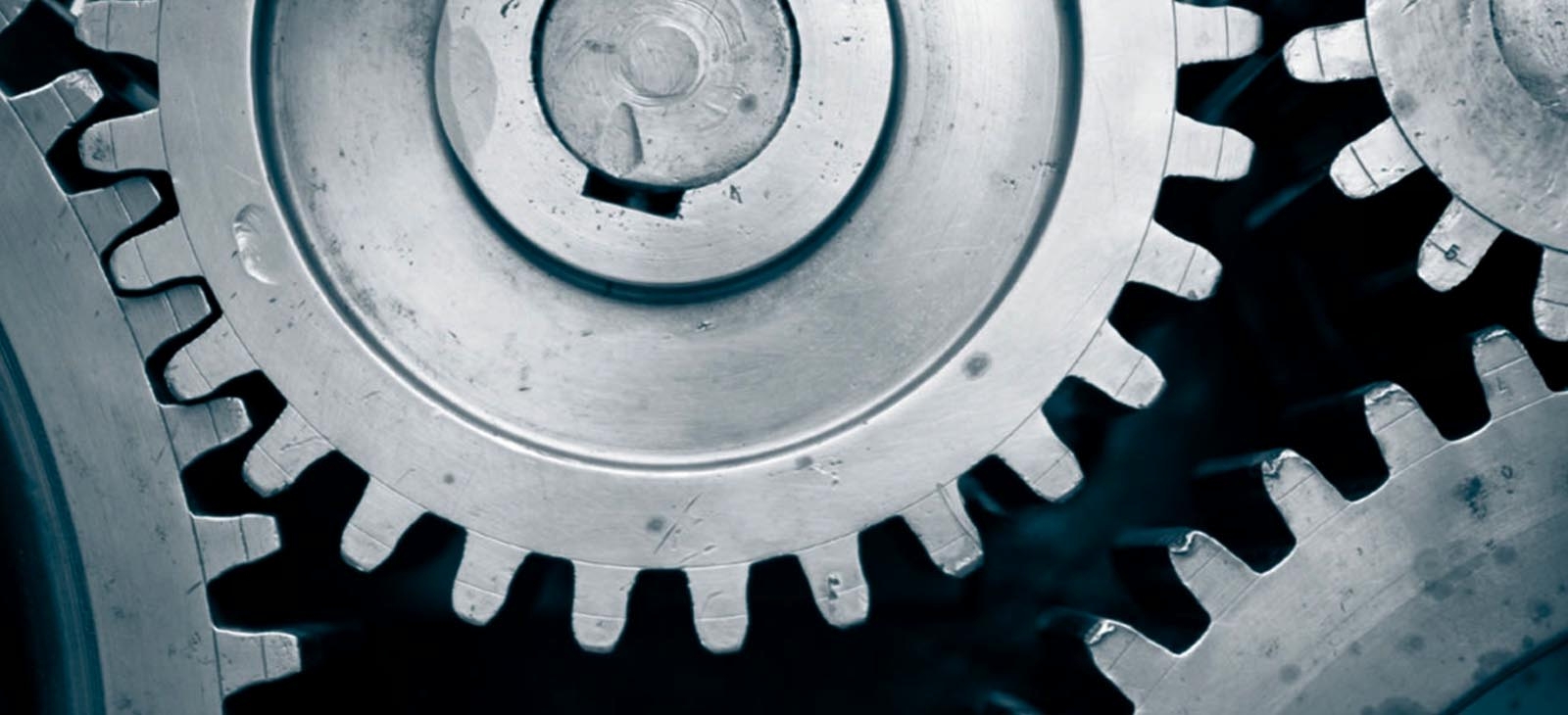Iran's defense industry has taken great strides in the past 25 years, and now manufactures many types of arms and equipment. Since1992, Iran's Defense Industries Organization (DIO) has produced its own tanks, armored personnel carriers, guided missiles, submarines, and a fighter plane. As of 2006, Iran had exported weapons to 57 countries, including NATO members, and sold $100 million worth of military equipment abroad.
Iran's defense industry has taken great strides in the past 25 years, and now manufactures many types of arms and equipment. Since1992, Iran's Defense Industries Organization (DIO) has produced its own tanks, armored personnel carriers, guided missiles, submarines, and a fighter plane. As of 2006, Iran had exported weapons to 57 countries, including NATO members, and sold $100 million worth of military equipment abroad.
The annual turnover in the construction industry amounted to $38.4 billion in 2005. Increased income from oil and gas and the availability of easy credit, however, triggered a subsequent building boom that attracted major international construction firms to Iran. The petrochemical industry has expanded considerably in recent decades. It has been the main element of the post-war industrialization program. The heavy metals industry began in 1972 with the start of steel production at Esfehān National Steel Mill in Esfehān.
It was also given priority by the government. Manufactured goods include diesel engines, motor vehicles, television sets, refrigerators, washing machines, and other consumer items. The textile industry has prospered in recent years with increased production of cotton, woolen, and synthetic fabrics. The making of hand-woven carpets is a traditional industry in Iran that flourishes despite acute competition from machine-made products. However, carpet exports declined throughout the war years.

